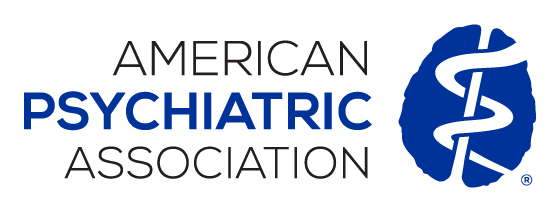
One-third of Americans (33%) have made New Year’s resolutions related to mental health heading into 2025, according to the latest APA Healthy Minds Monthly poll. This represents a 5% increase over last year and the highest rate since APA began polling on this question in 2021.
Conducted by Morning Consult, which surveyed 2,220 adults from December 7-8, 2024, the poll found that younger people were more likely to report making a mental health resolution, with 48% of 18- to 34-year-olds saying so, compared with 13% of those 65 or older. Among those who reported a mental health resolution, leading categories included exercise more (63%), spend more time in nature (46%), meditation (44%), focus on spirituality (37%), and see a therapist (31%).
“It’s good to see many of us planning to focus on our mental health in 2025,” said APA President Ramaswamy Viswanathan, M.D., Dr. Med. Sc. “It’s particularly promising that many are understanding that lifestyle factors, like physical activity, nutrition, and meditation, can have a real impact and are important to your mental health.”
Two-thirds of Americans (67%) graded their mental health as excellent or good, while 25% said it was fair and 7% called it poor. Issues that survey respondents reported feeling some anxiety about included personal finances (58%), uncertainty of the next year (52%), physical health (45%), mental health (40%), and relationships with friends and family (32%).
“A new year brings with it new opportunities but also renewed concerns about the very important issues that impact our lives,” said APA CEO and Medical Director Marketa M. Wills, M.D., M.B.A. “Any time of the year, mental health matters. Staying mindful of how we’re doing while taking active steps to care for ourselves is a terrific resolution.”
(Image: Getty Images/iStock/LanaSweet)
Do you have a New Year’s resolution to read more Psych News? You can get started early! The January 2025 issue, which includes a special report on nutrition in psychiatry and a preview of PN’s 60th year, is now online.























